Electrical Engineering (2nd)
These projects are at the endpoint of a two-semester sequence. They are functionally complete.
E2.01 Light Fidelity System (Li-FiS)
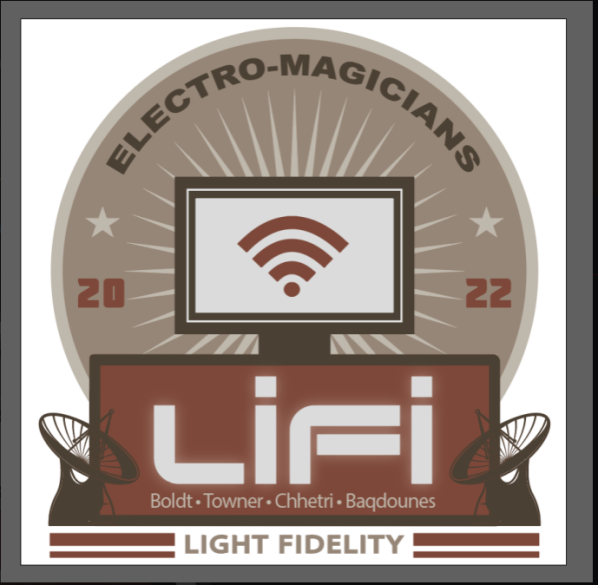
Sponsor: NASA-TSGC
Student Team: Patrick Towner, Yasmin Baqdounes, Nathan Boldt, Rupendra Chhetri
Faculty Advisor: Mr. Mark Welker
The Electro-Magicians are investigating light-fidelity technology to demonstrate a prototype proof-of-concept of an optical wireless communication system that sends and receives information between a base station to systems such as a robot arm, temperature sensing and control, and text-based communications by using light to transfer data between the systems. Like Wi-Fi, light-fidelity systems stream content from a server and the internet, making Li-Fi technology a viable option for future human spaceflight missions by providing advantages (over Wi-Fi) related to data transfer speeds and electromagnetic interference.
Some advantages of light fidelity technology include the bandwidth of near-infrared light being 700 times wider than the entire radio frequency bandwidth, opening up significantly more possible connections; light communications will not penetrate walls or any obstruction of light, eliminating threats such as signal hijacking or eavesdropping; and LED and photo-detecting circuits can be easily integrated into Li-Fi network and implemented into lamps or overhead lighting.
E2.02 HoloRover
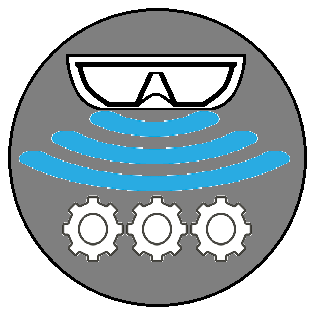
Sponsor: Institute of Electrical and Electronics Engineers (IEEE)& The Ingram School of Engineering
Student Team: Nathan Bausinger, Kingsley Agyenim Boateng, McKay De La Vega
Faculty Advisor: Dr. Valles Molina
Our project is a proof of concept tele-operative Mixed Reality Interface. With a HoloLens 2 headset, we are going to manuever a FireBot Rover to go forward, backward, left and right, as well as render a camera feed and an environmental sensor. The BME environmental sensor will send data to the HoloLens including temperature, humidity, pressure and air quality.
E2.03 Fire-Bot Enhancements
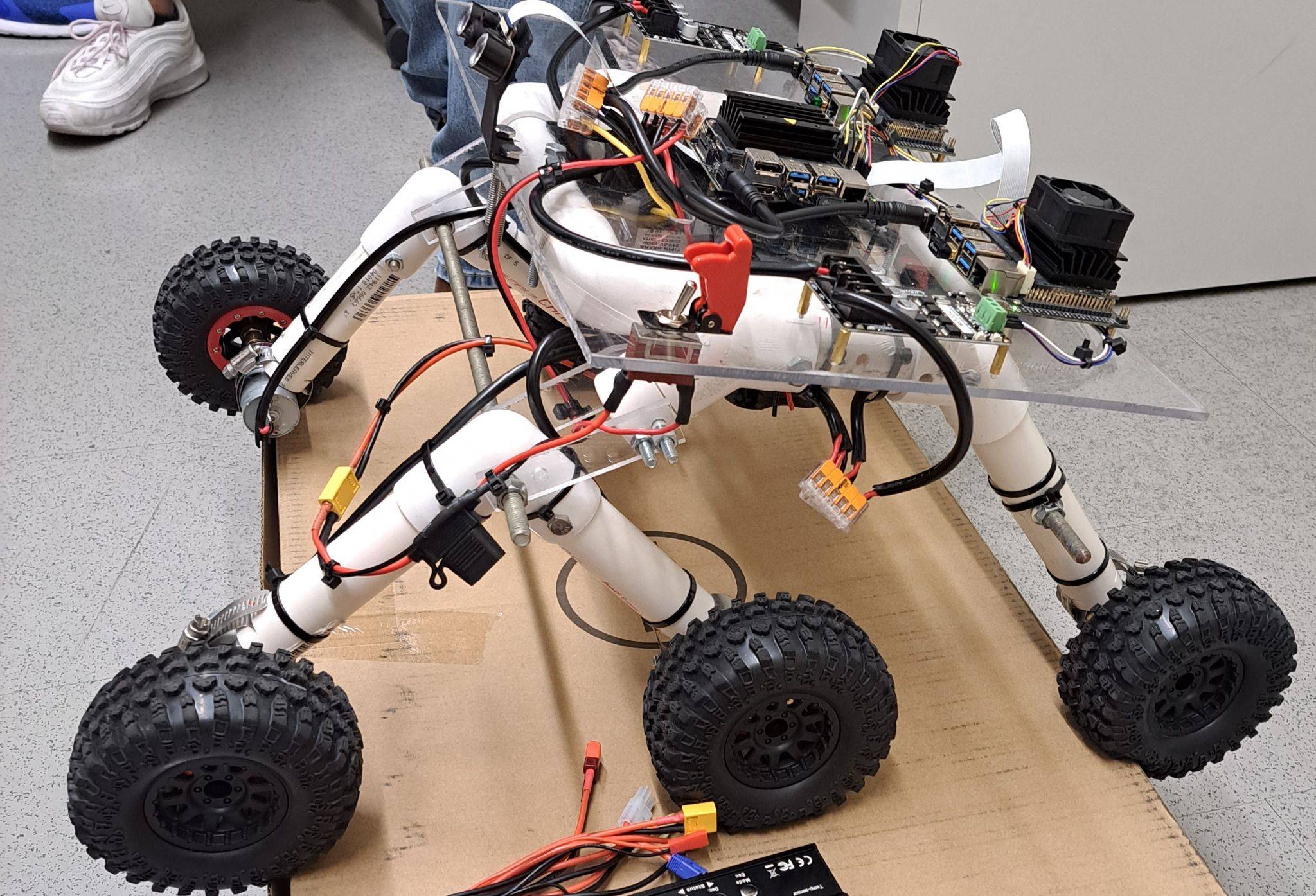
Sponsor: Ingram School of Engineering
Student Team: Oscar Resendiz, Tony Alebesun, Benjamin Swann, Timothy Maraj
Faculty Advisor: Mr. Lee Hinkle
The Fire-Bot is an ongoing research project that we will be adding various features to for future developers to build upon. It is an autonomous rover designed to traverse burning buildings and find survivors left within. The Fire-Bot Enhancements team will begin development of the autonomous navigation algorithm, implement modules provided by the sponsor, optimize the current build, and create a rich information display to view environmental data. This project is important because it will allow firefighters to find people in danger without risking their own lives. We hope to reduce the number of injuries or deaths that firefighters face.
E2.04 Electrostatic Field Mill
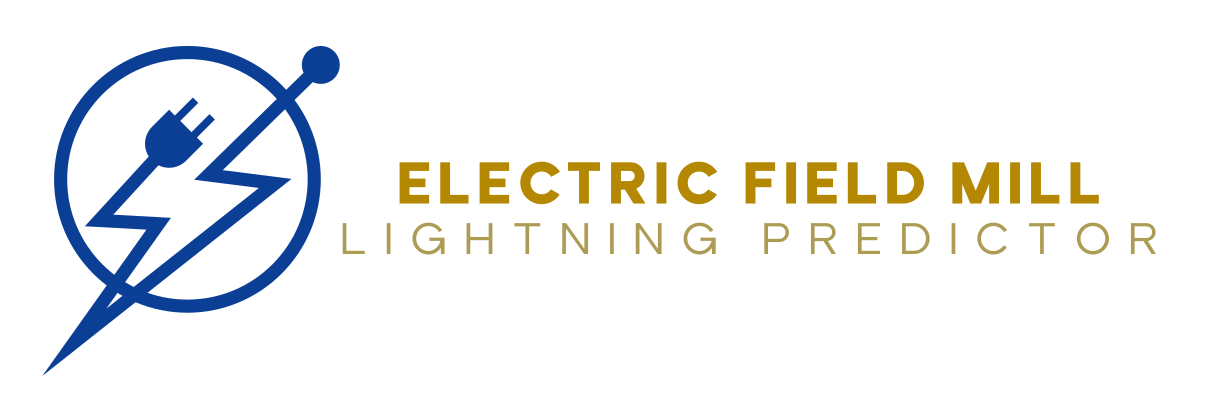
Sponsor: Ingram School of Engineering
Student Team: Roberto Toledo, Ani DeGroot, Nathan Cortez, Thierry Stevenin
Faculty Advisor: Mr. Mark Welker
Our product is an electric field sensor capable of determining the probability of a lightning strike. This device features ultra-sensitive sensors that capture the changes in atmospheric electric fields, onboard data collection (Micro-SD card), easy-to-use user interface and is water resistant. The device functions to safeguard sensitive electronics and human life.
E2.05 Fuzz Breaker Stomp Pedal
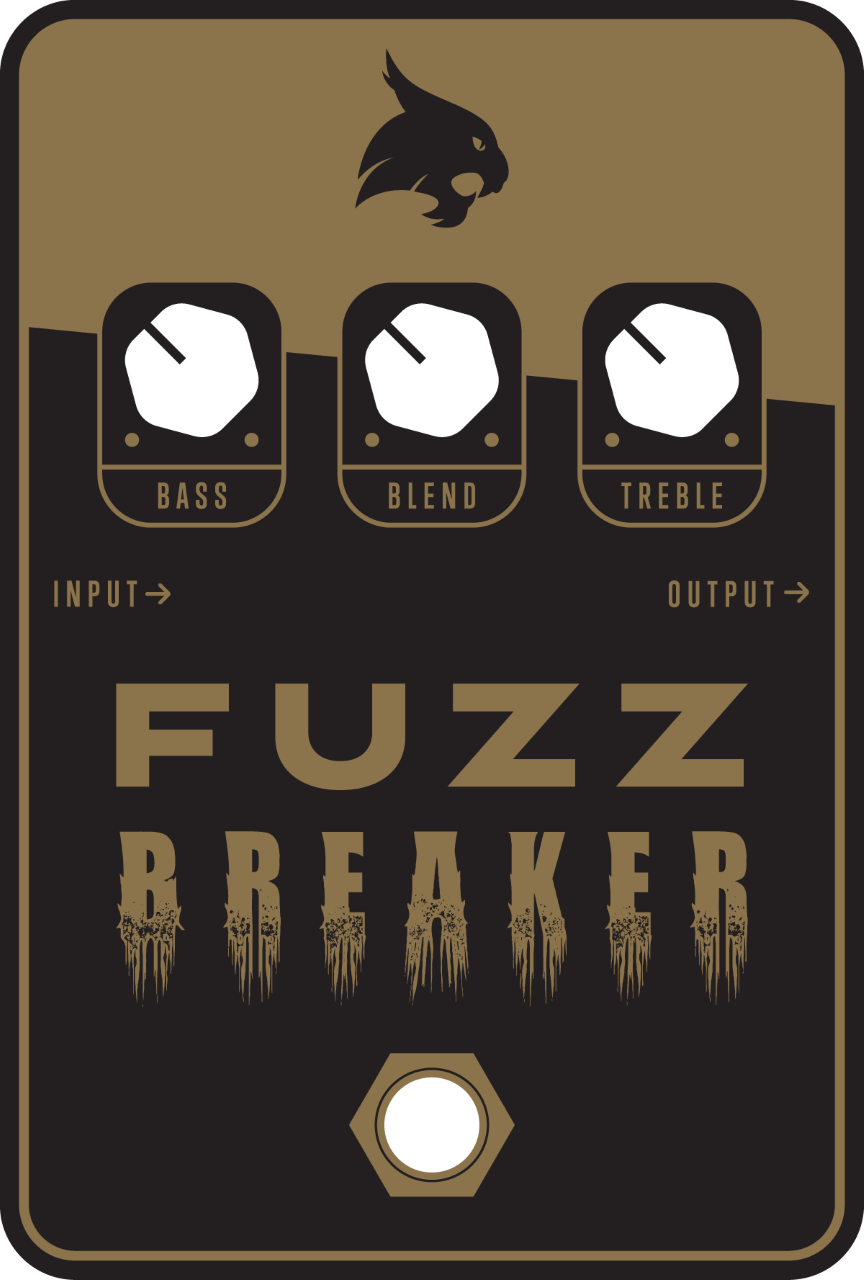
Sponsor: Ingram School of Engineering
Student Team: Kevin Seets, Adriel Castro, Kyle Hughes, Jose Valenzuela
Faculty Advisor: Dr. Richard Compeau
Effect pedals are used by guitarists to achieve certain sonic tones that are otherwise unattainable from the standard strumming of a guitar. Our product is an analog guitar pedal with an equalizer that combines the Hornet fuzz and BluesBreaker overdrive guitar effects. The Overdrive effect is a soft-clipping distortion while the Fuzz effect is a hard-clipping distortion. Both effects are achieved by driving the operational amplifiers and transistors of each circuit past their output capability. The effect pedal will include the Hornet, BluesBreaker, blending circuit and EQ in a stomp-box enclosure.
E2.06 Guitar Effects Stompbox
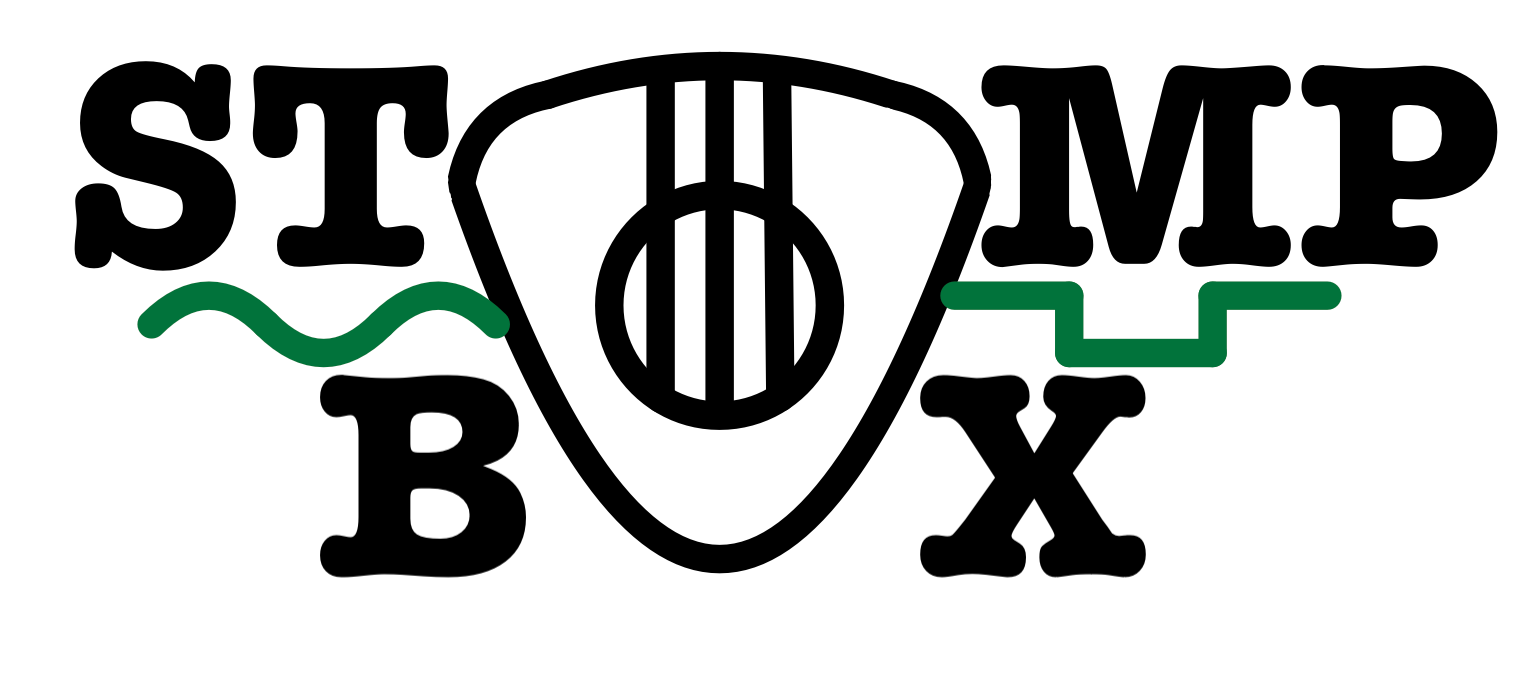
Sponsor: Ingram School of Engineering
Student Team: Benjamin Schroeder, Juan Medina, Jacob Rubio, Mohammad Aly
Faculty Advisor: Dr. Richard Compeau
Our product is a dual-effect solid-state analog guitar distortion device that incorporates the high gain and high sustain of the fuzz face Hornet, with the smooth, yet gritty, sound of the DOD OverDrive 250. Our Stompbox will provide guitar enthusiasts with a single device that houses two separate distortion effects with individual treble, bass, and volume tone controls. Powered by either a 9V battery or wall supply, the Stompbox can be left at home or taken on-the-go.
E2.07 Robo-Fetch II
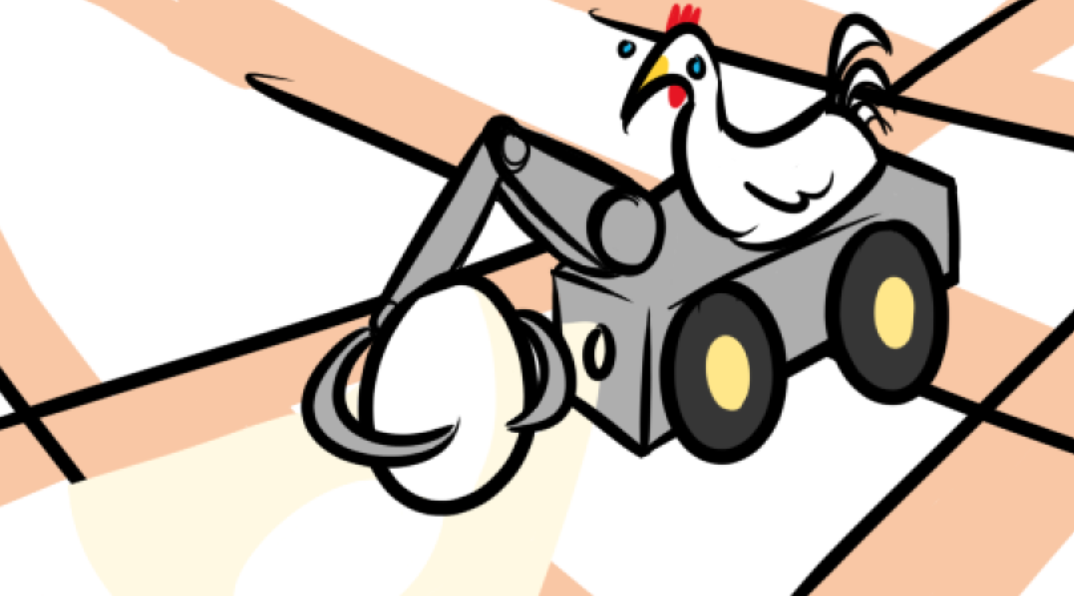
Sponsor: Ingram School of Engineering
Student Team: Oscar Ramirez, D'Angelo Palomo, Noel Alvarez, Rouie David
Faculty Advisor: Mr. Jeffrey Stevens
This robot will be designed and built to search a defined area for eggs to fetch. The robot will be able to find, pick up, and return an egg to the robot's starting area. The egg can be either real or plastic, and the robot will be able to find a plastic egg based on the color selected by the user.
E2.08 Robo-Fetch 2
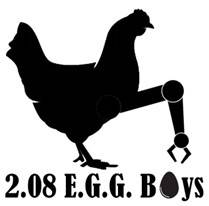
Sponsor: Ingram School of Engineering
Student Team: Michael Black, Sammy Girma, Daniel Ontiveros, Zachary McLeod
Faculty Advisor: Mr. Jeffrey Stevens
Our project is the Egg Grabbing Gadget, an autonomous robot that will be capable of seeking, identifying, and differentiating between colored eggs in a bounded environment and retrieving them with a small gripper. Our robot must also be able to navigate around unwanted eggs to get to the desired eggs. The bill-of-materials cost of this project may not exceed $30.
E2.09 Heat Island Kartographic Environment
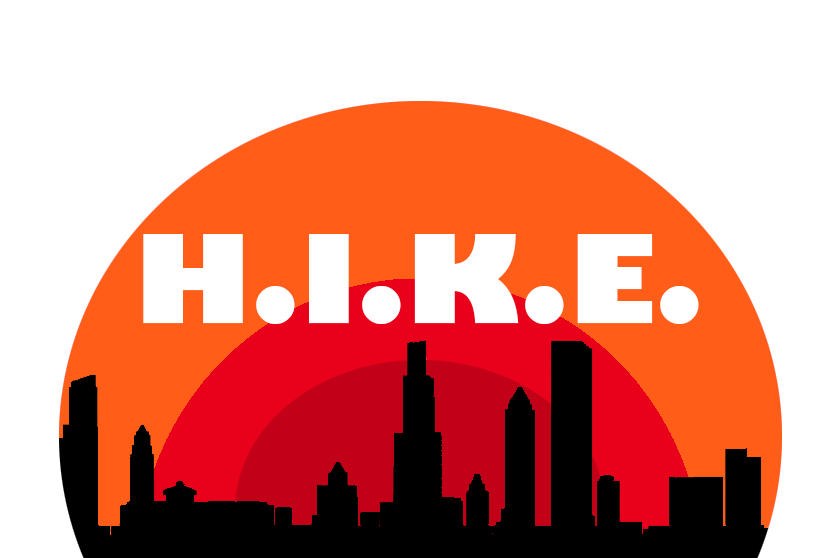
Sponsor: Ingram School of Engineering
Student Team: Jeremy Hester, Leigh Cross, Jack Hotchkiss, Samuel Osagie-Aruya
Faculty Advisor: Mr. Lee Hinkle
Our project is a portable data logger that measures temperature, humidity, location, and time. Using our device, city planners can identify hot spots and implement solutions to address them, as well as measure the effectiveness of heat-conscious city designs. This is important because according to the EPA, excessive heat within a city is responsible for health issues and increased power consumption.
E2.10 City Climate Cartography
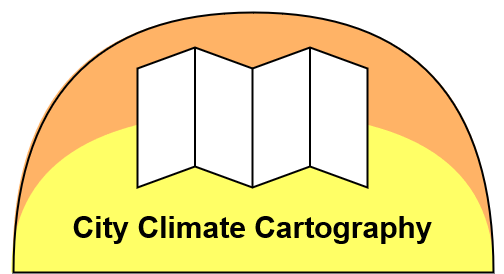
Sponsor: Ingram School of Engineering
Student Team: Michael Dubose, Tavon Kelly, Miguel Martinez
Faculty Advisor: Mr. Lee Hinkle
This is a portable environmental data logger that will map heat islands along the path that users have walked. The device will sample and record ambient temperature, humidity, light intensity, time/date, and the user geographic position in latitude and longitude. Sampled data points will be saved locally on the device and will be exported in a .csv format to a cloud repository through either a wired or BLE connection. Data will then be visualized via a mobile app or webpage to identify urban heat islands.